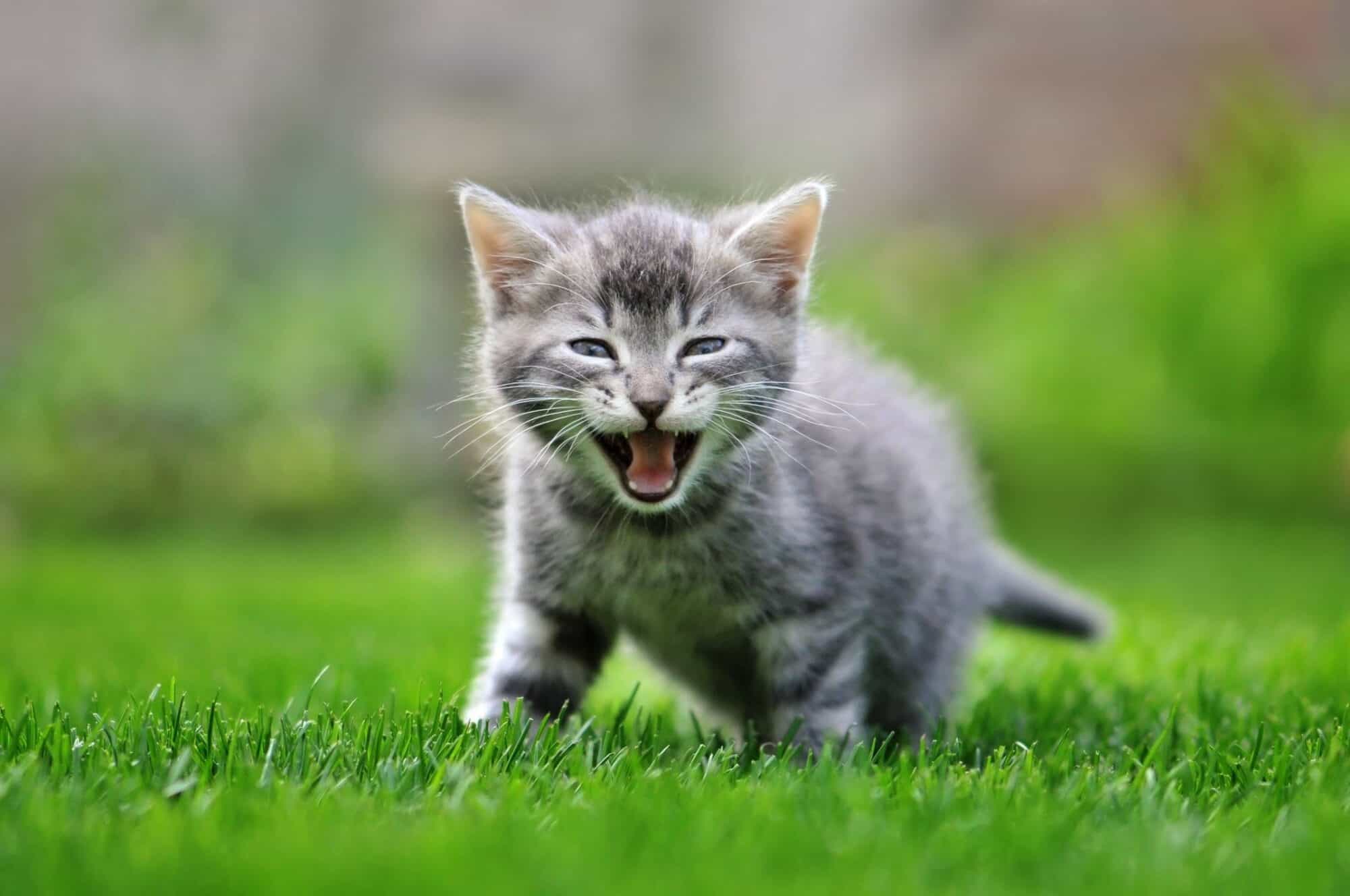The Very Few Differences Between Wild and Domesticated Cats

The pet cats we know and love today are descended from the ancient wildcats Felis silvestris lybica. Originally from the Fertile Crescent (and subsequently revered in ancient Egypt), history’s wildcats enjoyed a mutually beneficial relationship with humans. However, despite living in close quarters for approximately 10 millennia, people cannot always get a read on domesticated cats. Without a doubt, many pet cats remain ferocious, independent, and true to their feline natures. In part, they are still remarkably wild.
Taming Inherited Behaviors
It may be said that “owning a cat” is a bit of an oxymoron. After all, if anyone’s the owner in a feline-human relationship, it’s clearly the cat. Seen as symbols of liberty and individualism, cats have taught us that in order to co-exist they must be completely free of our expectations or constraints. They please themselves, and that’s final.
Traits of Wild Cats
Domesticated cats and their wild cousins share a great deal of DNA. That being said, as they evolved from their wildcat ancestors, some important characteristics changed. For example, even though all cats are obligate carnivores, domesticated cats have longer intestines to accommodate diets with less meat than wild cats require.
Similarly, domesticated cats have smaller adrenal glands than wild cat species. This is because their lifestyle is such that they don’t rely much on their fight-or-flight hormones while lounging around the house.
The Purr and the Roar
Large cat species, like tigers and lions, have the ability to roar. They have a small bone near the larynx, called the hyoid. As a result, they cannot purr. Of course, some domesticated cats take purring to extremes. Since they lack the hyoid bone, they cannot roar.
Wild…and Domesticated Cats
Cat behaviors are fairly alike across the 30-plus species spectrum, and include the following famously feline traits:
- They all like to play with their prey (after they stalk, pounce, and seize, of course)
- Cats that live in social networks allogroom or allorub their scent glands on each other to mark territory.
- They mark physical territory by spraying urine, scratching, or rubbing against boundaries.
- All female cats care for their young similarly.
Loving Your Wild Cat
Many felines have heartily accepted their fates as domesticated cats. After all, with cat ownership at an all-time high—with an incredibly high level of care—they’ve got it pretty good these days. Some housecats won’t even venture over the threshold without their owners!
Even if they aren’t interested in the great outdoors, we wouldn’t be surprised if they’re still a little bit “wild.” The ways they play, sleep, and guard their territories are proof enough.
If you ever have questions about your cat’s behavior or health, we’re always happy to help you at Beverly Hills Veterinary Associates.
